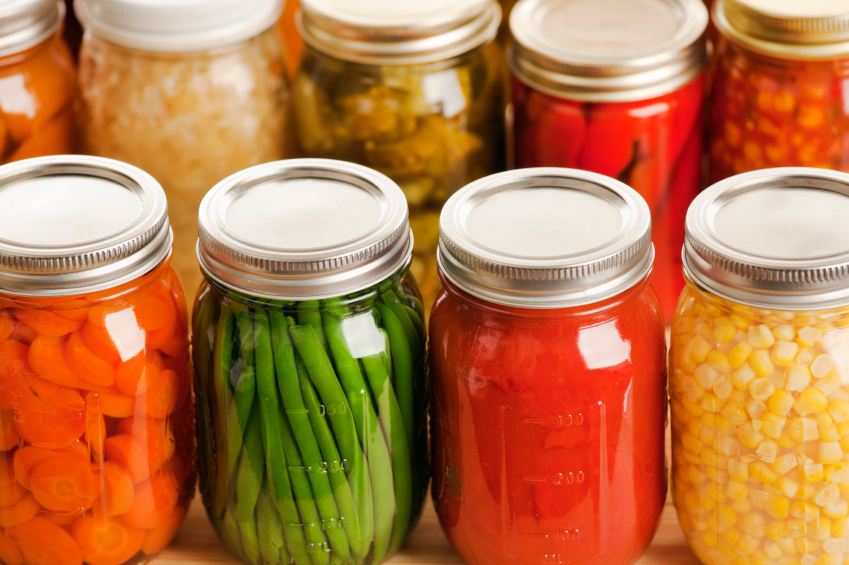How To Properly Preserve Food At Home?
Families located in extreme latitudes often need to endure longer winter and some of the produce can’t be obtained easily during those freezing months. The easiest method is obviously through freezing produce the food. In very cold months, this can be achieved simply storing food in closed metal containers that are placed outside and above the ground. This will prevent the containers from being frozen solid to the ground and buried under deep snow. Corn and legumes can last for months when frozen completely. By relying on the weather, we will also be able to reduce electricity costs. If the weather is consistently below zero, meat can also be preserved with this method for a few days or weeks, however, we should be able to keep it safe from the predatory animals, including grizzly bears.
Canning is a convenient way of preserving food for long winter months and we can do this at home. Just about any food can be preserved using the canning method, including vegetables, fruits, meat, stews, fish and even desserts. When we want to perform the canning process, we should make sure that lids and jars are boiled for sterilization. It is better to choose well-cooked meal, to ensure that there’s no presence of leftover bacteria and parasites inside the food. Put the food inside the jar after it’s cool and leave about ¼ inch of space. Tighten the lid and loosen it for about a quarter turn to allow some air to escape. Submerse the jar in the boiling water until the food is properly heated. High pressure cooker can cut the boiling time significantly.
Take the jar out of the boiling water and tighten the lids while it’s hot. For better results, we may put the jar inside a vacuumed bag. If you are not experienced with this technique, read books on canning and perform experiments until you get the results you want. Proper canning process will ensure that the food will last for the entire winter season. You may also dehydrate food and this can be performed during the short summer period when the days are sunny. Look for areas where the sunlight shines for most of the day. Fish and meat should be cut in thin stripes and slices to speed up the drying process. If the sunlight isn’t intense enough, this process can be combined with the smoking process to remove more moisture and any kind parasites.
It takes some trial and error procedure to know whether the dried food is dry enough to last for the entire winter. Dried food can be rehydrated through quick boiling or immersion in water for a few hours. Fruits and mushrooms can also be dried, but this requires more sunlight for longer period of time. Salt can also be combined with the drying process to extract the moisture from the food and discourage the proliferation of microorganisms. Before cooking, excess salt can be removed through rehydration and immersion in water and you don’t need to add salt to your stew.


















